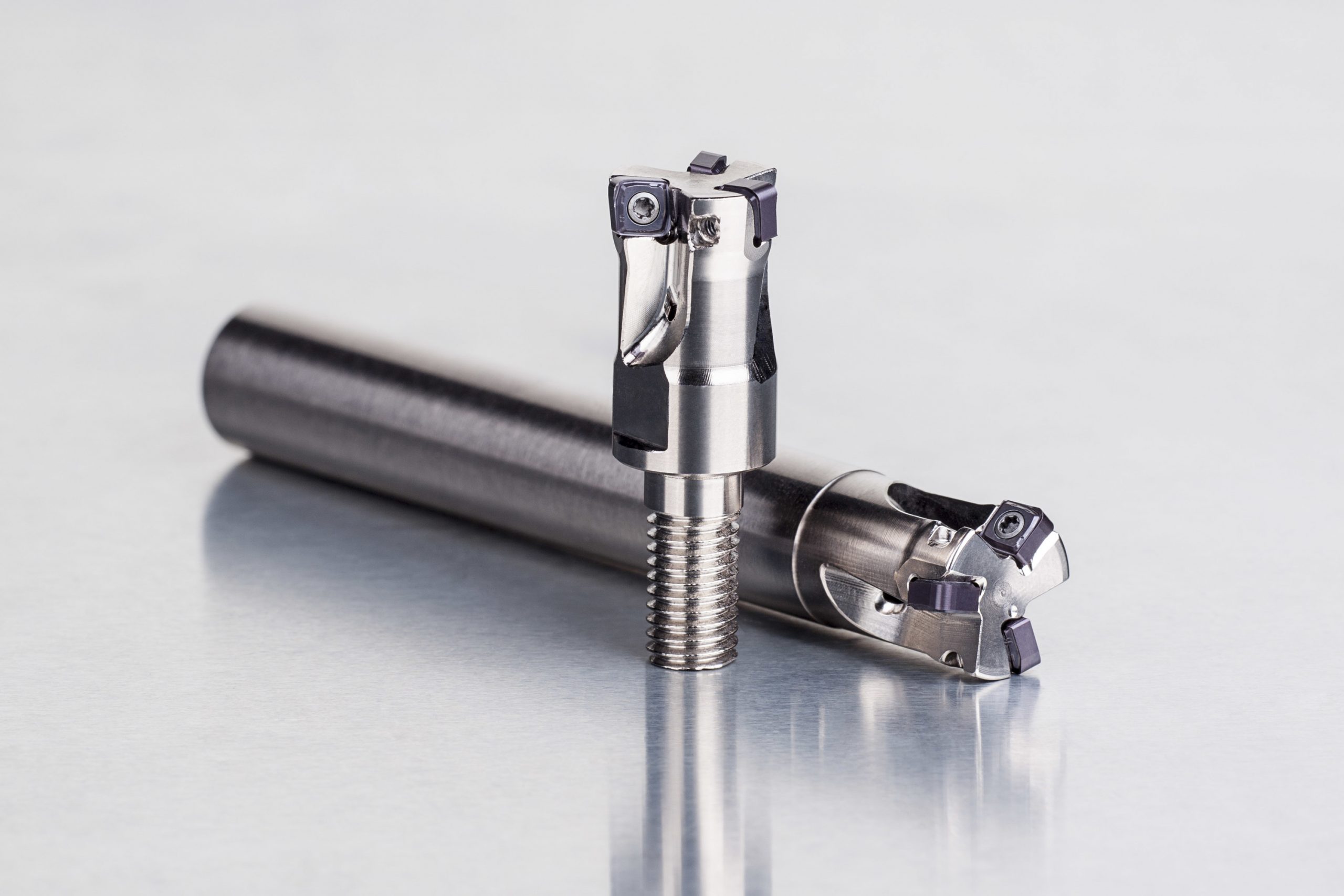In recent years, global manufacturer Dormer Pramet has expanded its assortment of indexable and solid round tools to support a variety of die and mould applications.
This diverse industry features a wide array of moulding components, often featuring materials in a condition that makes them difficult to machine, with a requirement for tools capable of supporting high feeds, as well as large material removal rates.
Common components include plastic injection moulds, forging dies, die casting and micro moulds, with each requiring application specific tooling. This range of applications covers heavy roughing through to fine finishing.
Dormer Pramet works with a wide range of die and mold manufacturers, from companies making small components, such as molds for bottles and mobile phone cases, up to large forgings. Workpieces are often made from difficult to machine materials, such as pre-hardened steel, hardened tool steel and stainless steel.
The most typical include P20, H13 and D2 tool steel materials, based on international standards. P20 is a versatile, low-alloy material which offers good levels of toughness and moderate strength. It is commonly used for plastic injection molds and die castings.
A versatile chromium-molybdenum material, H13 is suitable for applications where temperatures fluctuate during the machining process. It resists thermal fatigue and cracking which can occur when creating the molds at different stages.
Finally, D2 is high carbon and chromium tool steel, which exhibits good levels of wear and abrasion resistant properties. It is generally heat-treated to a hardness of around 62 HRC, where it can still be machined using the correct tools and machining strategies. The high levels of chromium give it a medium level of corrosion resistance when hardened.
With the many different workpiece materials and variety of sizes involving several machining operations, having the right cutting tools is paramount. Dormer Pramet offers numerous standard and special tools – primarily milling cutters – to support the production of small batch quantities for specific applications.
Also, due to this varied nature of the industry, end users require a good level of technical support and advice to acquire the right high-quality tooling. To help its customers build knowledge and expertise, Dormer Pramet has developed a dedicated team for the die and mold segment.
Leading this is Pavel Jass, segment manager for die and mould. He said: “Our die and mould range features both indexable and solid tooling. This means we can provide cutting tools for a wide range of operations. Our milling assortment provides the bulk of this offer, from heavy roughing through to fine finishing. The program includes copy milling, face milling, shoulder milling and high feed milling cutters.”
As part of its expansion into the die and mould segment, Dormer Pramet has built a comprehensive high feed milling assortment with several recent introductions. The SBN10 cutters, for example, are suitable for a variety of milling operations, with its unique pocket design, from roughing to finishing. A range of diameters are available from 16 – 42mm, with multiple design options.
This cutter is supported by a range of BNGX10 inserts, for depths of cut up to 1mm. The patented double-sided insert with four cutting edges provides a highly cost effective and versatile option.
In addition, the new double-sided SNGX11 insert support high feed milling up to 1.7mm depths of cut. Added in November 2019, the assortment’s strong main cutting edge ensures high levels of durability and process security – especially when machining corners inside a pocket. With eight cutting edges, the square-shaped SNGX11 also represents an extremely economical solution.
Another key operation in die and mould applications is copy milling. Dormer Pramet’s family of indexable milling tools includes the SCN05C cutters for semi-finishing and finishing of steels, hardened steels and cast irons.
Its close pitch increases the number of teeth and enables at least 20 per cent higher productivity than standard pitch cutters. Offering decreased levels of vibration, it has been optimized for smooth cutting of corners and pockets.
Also, Dormer Pramet’s SRC10 small diameter cutters are available in diameters from 25 – 66mm and in a variety of styles. All incorporate through coolant, a high number of teeth and feature a pocket design which gives maximum support to inserts with eight facets.
The manufacturer’s indexable ball nose cutters (including ZP, XP, SRC and PPH), provide another choice when roughing to semi-finishing a pocket. The Multiside XP range, for example, is a high-performance profiling solution, featuring the patented SideLok™ clamping system for a high level of stability, especially in five-axis machining of complex surfaces. ‘
From a round tools perspective, Dormer Pramet’s solid ball nose cutters support 3D profile milling and contouring of complex surfaces. The S2xx and S5xx assortment for hardened steels is available in short to extra-long lengths and feature a double-radii to reduce cutting forces and support higher feed.
An enlarged web withstands radial forces generated when machining hardened steels, while a reinforced rake design increases stability and metal removal rates.
Also, the S7xx program of solid carbide cutters provide a multi-material milling option. All cutters in this range feature an extra margin on the cutting edge for a highly stable and secure process. A variety of diameters, lengths, flute designs and coatings, as well as roughing profile and corner radii options, make this assortment a good all-round choice.
In particular, the S766 and S767 end mills include differential pitch for chatter free machining, excellent surface finish and an unequal helix to reduce cutting forces and improve machining performance. The unequal helix enhances the effects given by differential pitch allowing even higher speeds.


